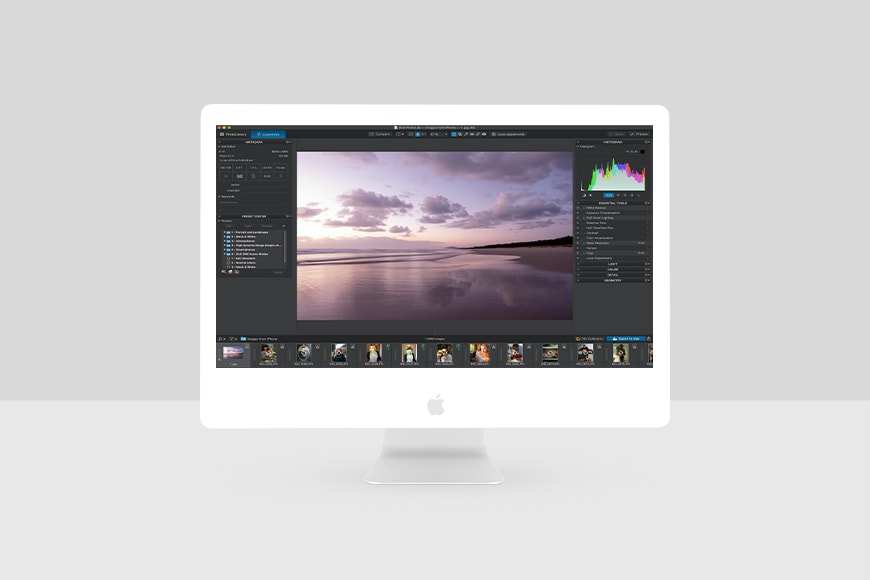

RAW converters that only offer unsharp mask sharpening do not, therefore, have any real advantage over traditional photo editors, such as Photoshop or Affinity Photo.ĭXO Photo Lab has very sophisticated sharpening – it has sharpening profiles that match your camera and lens and its RAW sharpening targets areas where your lens is soft, typically the corners and edges. Traditional sharpening tools, such as the ubiquitous unsharp mask, are too general and are usually global, affecting the entire image. Too much, too soon is as bad as too little too late. Getting the sharpening done correctly is essential. Last, we should sharpen the image after resizing for its target medium – either for on screen viewing or for printing. Second, we should sharpen it after post processing. First, the image needs sharpening during the RAW conversion. Sharpening is best done in several steps. Today, I am focusing on a very specific RAW conversion step – sharpening. My test was an end to end development of a RAW image. In my last post and video, I looked at DXO Photo Lab version 4 versus Luminar version 4. This is the second in a series of posts comparing DXO Photo Lab 4 and Luminar 4.


 0 kommentar(er)
0 kommentar(er)
